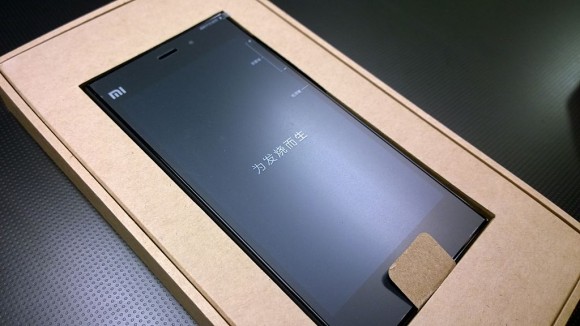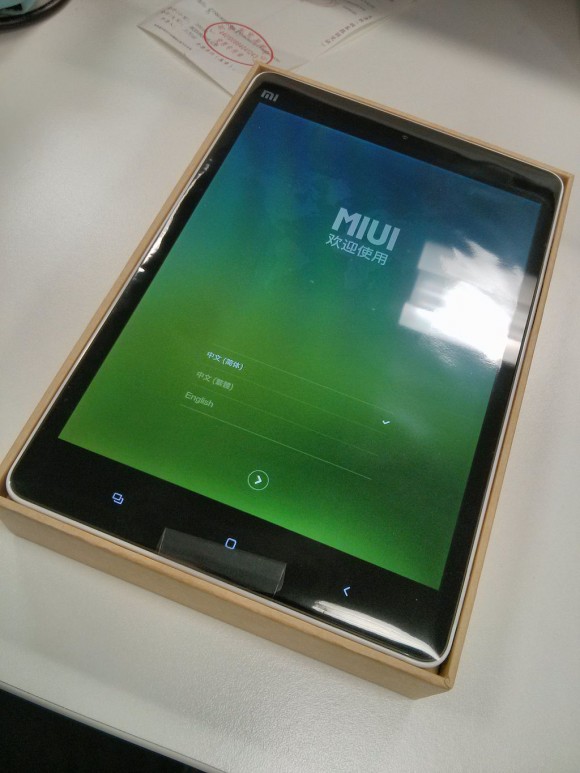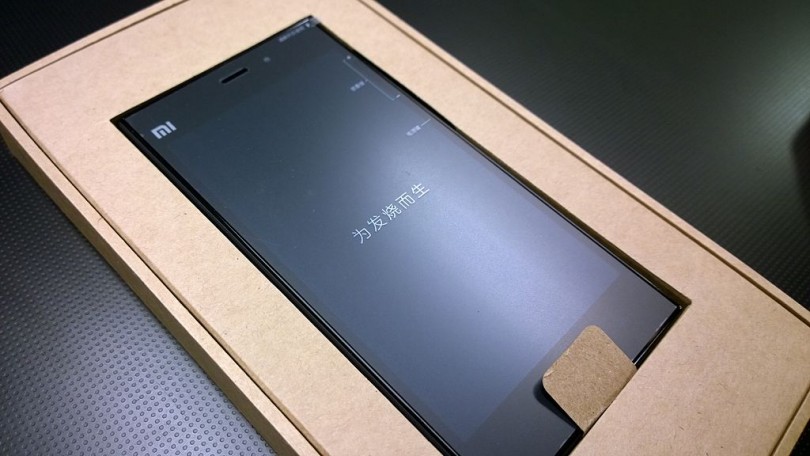aNewDomain — If you haven’t heard about Xiaomi, arguably the best low-end smartphone manufacturer out there at the moment, it’s time to listen up. That new kid on the block is a Chinese disruptive powerhouse is beating Samsung at its own game, specifically in Asia. Xiaomi phones are the main reason for drop in profits of Samsung, analysts say.
The main innovation for Xiaomi is that it doesn’t produce knock offs, says CNet.
Xiaomi’s Mi 3 is a showcase of how Chinese phonemakers create quality hardware without breaking the bank. If you don’t need 4G LTE, and you can get hold of it, this is one of the best smartphones you can buy in its price range.”

Xiaomi Strategy
Xiaomi markets high quality phones at low profit margins, getting revenue through its online ecosystem and waiting two years (as opposed to the average six to eight months) to release a new model, thus increasing profits as older component costs go down. The company has also used a flash-sale model — it became famous for selling thousands of units in seconds in India.
Xiaomi has also developed an excellent user input process and eschewed physical stores and traditional advertising in exchange for online sales and social media marketing. All this seems to be working — Xiaomi went from having no revenue in 2010 to having $12 billion USD in 2014. Read more here.

By Roland Tanglao [CC BY 2.0], via Wikimedia Commons
Chinese Innovation In Marketing
Lenovo and Huawei, both Chinese companies, have significant presences in overseas markets, and both have been in business for several decades. The fact that they produce quality products could be written off as a catering to more developed markets with higher expectations than their country of origin. But the real indicator that something is changing can be seen in Xiaomi (and other startups like it), who is succeeding on such a huge scale domestically.

Chinese consumers, says Shaun Rein—author of the recently published book The End of Copycat China—in an interview with Sourcing Journal, are maturing, and are no longer obsessed with ‘bling and the same brands.’ They’re opening up to a wider range of possibilities, and with the wider range comes more sophisticated standards. Both wages and prices are rising, meaning that pricier products with higher profit margins are no longer out of the question for the Chinese domestic market.”
The Western consumer probably associates most (if not all) Chinese products with knock-offs of something sold in their own market. But that just isn’t true anymore. India and China, markets that domestically contain billions of consumers, are open for legitimate competition — and Xiaomi right there, catering to them.
For aNewDomain, I’m David Michaelis.
First Image/Screenshot: Daniel Zweier Courtesy of Xiaomi
MiPad: By Colin Zhu [CC BY-SA 2.0], via Wikimedia Commons













